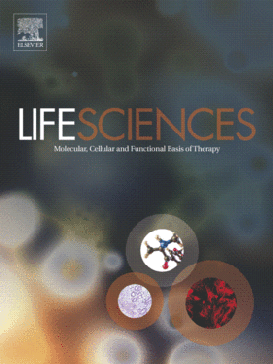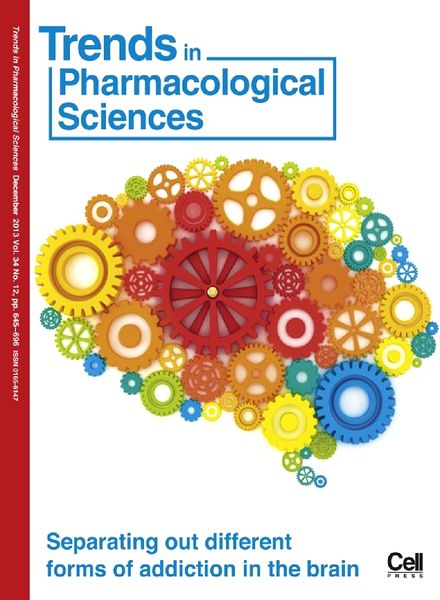
“Endocannabinoids are bioactive lipids that modulate various physiological processes through G-protein-coupled receptors (CB1 and CB2) and other putative targets. By sharing the activation of the same receptors, some phytocannabinoids and a multitude of synthetic cannabinoids mimic the effects of endocannabinoids.
In recent years, a growing interest has been dedicated to the study of cannabinoids properties for their analgesic, antioxidant, anti-inflammatory and neuroprotective effects. In addition to these well-recognized effects, various studies suggest that cannabinoids may affect cell survival, cell proliferation or cell death. These observations indicate that cannabinoids may play an important role in the regulation of cellular homeostasis and, thus, may contribute to tissue remodelling and cancer treatment.
For a long time, the study of cannabinoid receptor signalling has been focused on the classical adenylyl cyclase/cyclic AMP/protein kinase A (PKA) pathway. However, this pathway does not totally explain the wide array of biological responses to cannabinoids. In addition, the diversity of receptors and signalling pathways that endocannabinoids modulate offers an interesting opportunity for the development of specific molecules to disturb selectively the endogenous system.
Moreover, emerging evidences suggest that cannabinoids ability to limit cell proliferation and to induce tumour-selective cell death may offer a novel strategy in cancer treatment.
This review describes the main properties of cannabinoids in cell death and attempts to clarify the different pathways triggered by these compounds that may help to understand the complexity of respective molecular mechanisms and explore the potential clinical benefit of cannabinoids use in cancer therapies.”







1942-7611/asset/olalertbanner.jpg?v=1&s=4b27d6a6bed6b58a9935efe70e4f95efc39146bd)

